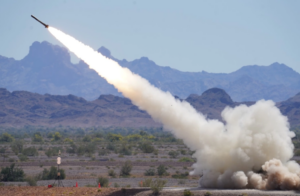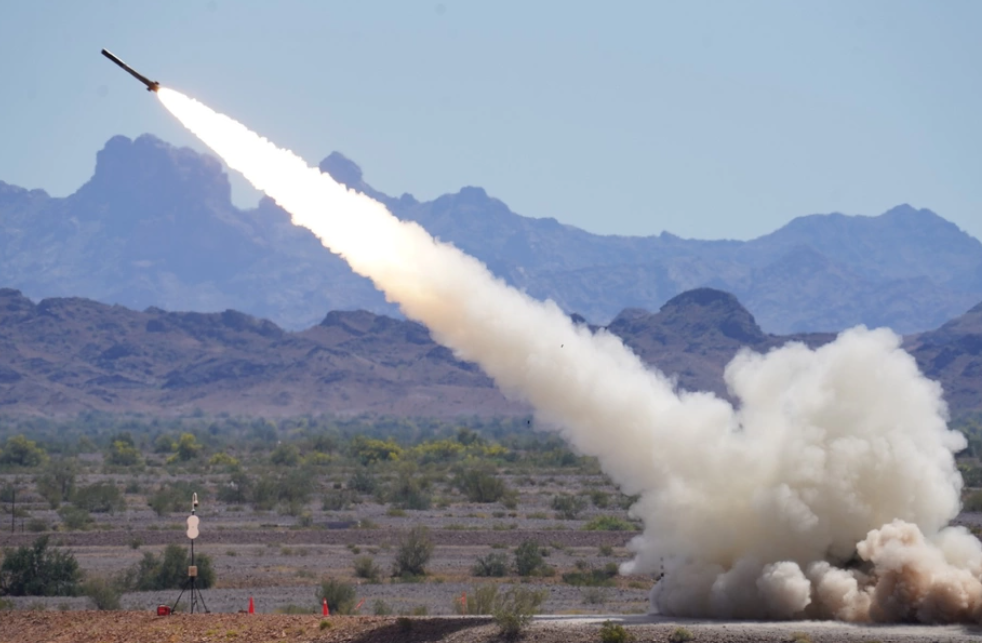Defense Daily
-
 Space
SpaceSDA Issues Solicitation For Europa Experimentation Effort
The Space Development Agency (SDA) on Tuesday released the Europa solicitation for prototype space vehicles, seeking proposals for advanced communication protocols using commercial solutions. The Tranche 2 Demonstration and Experimentation […]
-
 Space
SpaceForecast Launch of First Six Epoch 1s Delayed Until Fiscal 2027
While Boeing‘s [BA] Millenium Space Systems was to deliver the first six Medium Earth Orbit (MEO) Epoch 1 missile warning satellites to U.S. Space Force for launch by the end […]
-
 Space
SpaceCap on Contractor Indirect Cost Reimbursement to DoD for Commercial Launches Valid Through FY 2026
The cap on launch provider reimbursement to DoD for commercial launches’ indirect costs, such as road and utility modernization, around the Cape Canaveral Space Station, Fla., Vandenberg Space Force Base, […]
-
 Business/Financial
Business/FinancialParsons Acquires Defense Technology Company CTI For $89 Million
Parsons Corp. [PSN] on Tuesday said it has acquired Chesapeake Technologies International (CTI) in an $89 million deal that strengthens its position with U.S. Special Operations Forces and in the […]
-
 Business/Financial
Business/FinancialParker Tapped To Lead Boeing’s Defense Business
Steve Parker, a long-time Boeing [BA] veteran who has led the company’s defense segment in an acting capacity since last September, has been named president and CEO of the business […]
Tagged in: -
 Business/Financial
Business/FinancialShield AI, RTX Partner On Collaborative Autonomy, Sensor Integration
RTX [RTX] is integrating Shield AI’s Hivemind autonomy pilot software into an operational weapon that will allow it to autonomously coordinate and collaborate with other systems equipped with the same […]
Tagged in: -
 Advanced / Transformational Technology
Advanced / Transformational TechnologyArmy Exploring Hybrid-Electric Aircraft Propulsion Technology With Electra
Electra has received a small research contract from the Army to mature hybrid-electric propulsion systems the company is developing for its ultra-short takeoff and landing (STOL) aircraft to advance the […]
Tagged in: -
Tuesday, July 1, 2025
- Army To Prototype Two Autonomous Launcher Concepts For Both Offensive, Defensive Fires
- Grynkewich: Autonomous Drones, Mass ‘Essential to European Security’
- Ex-Lockheed CFO Malave Heads To Boeing For Top Financial Job
- HII Looks To Accelerate Shipbuilding With C3.ai Partnership
- Finnish MoD Looks to Purchase SAR Satellites From Iceye
- Space Force Solicits Industry Ideas On ‘Quick and Efficient’ SBI Deployment
- TransDigm To Acquire Simmonds Business From RTX For $765 Million
- U.S. Warns DIB Companies Of Potential Iranian Cyber Activity
- House Appropriations Panel Seeks To Slash GAO funding
-
 Army
ArmyArmy To Prototype Two Autonomous Launcher Concepts For Both Offensive, Defensive Fires
The Army has detailed plans to pursue two autonomous launcher concepts that would fire both offensive and defensive weapons, seeking information on industry’s potential solutions for a new rapid prototyping […]
Tagged in: -
 Business/Financial
Business/FinancialEx-Lockheed CFO Malave Heads To Boeing For Top Financial Job
Jay Malave, who abruptly left Lockheed Martin [LMT] in April as their chief financial officer (CFO), will join Boeing [BA] in the same role in August. Malave on Aug. 15 […]
Tagged in:

